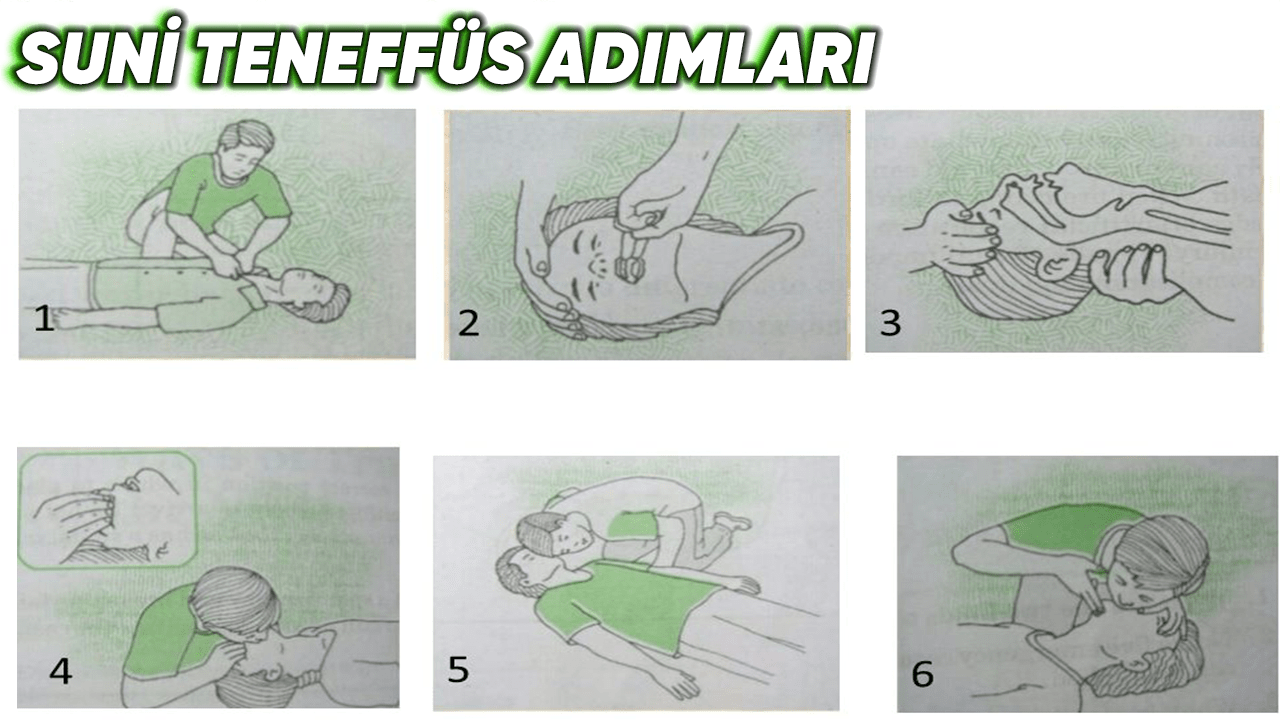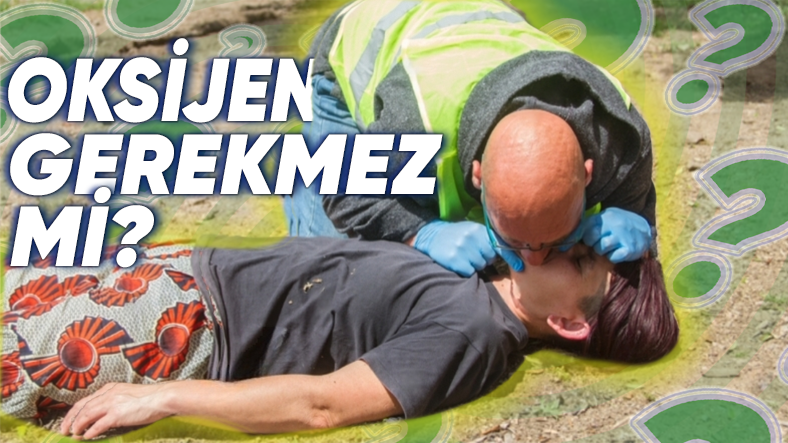We all know the basic needs of human life. The greatest need, as you know is oxygen gas. Let us remind you again that when we breathe, we inhale oxygen and emit carbon dioxide gas.
So let’s get to the real question; If our body emits carbon dioxide when we exhale, why is that? artificial ventilation Help save someone’s life?
Let’s first start by explaining what artificial respiration is and how it is done. After all, learning this first aid is of vital importance.

Artificial respiration, after the heart or breathing of the sick person has stopped, It is an emergency oral first aid technique. The purpose of this first aid is, predictably, to resuscitate the sick person.
Of course, first aid techniques are not limited to artificial respiration; If the patient’s heart has stopped, performing chest compressions together with artificial respiration is also of vital importance. So, how is artificial respiration done?
- First of all, the sick person His pulse is counted and his mouth is opened. It is then checked whether a foreign object is present. If a foreign object is present, the patient is placed on the right side and the foreign object is removed with the help of the index finger.
- The patient is placed on a flat surface and the patient is placed on the right side. hold the patient’s neck is removed.
- After holding your neck airway opens and is held fixed in this position.
- Both nostrils of the patient are closed using the left hand. Then the patient where your mouth touches his mouth There is a strong breathing.
- This process repeated at least 15 times This can be done depending on whether the patient’s chest is swollen and whether he or she is breathing.
Now that we have this information, let’s explain the answer to the question.
The breath we breathe contains only 21% oxygen.
when we breathe Not only oxygen fills us, At the same time we fill ourselves with 78% nitrogen, 21% oxygen and 0.04% carbon dioxide. However, when we exhale that air, it releases 78% nitrogen, about 15% oxygen and 5% carbon dioxide. So on your own barely breathing Or we fill about 15% oxygen on a patient who can’t breathe at all.
This is of course very different from the breathing that the patient does independently or cannot breathe. It will be a sufficient level. Even though we fill the patient with 5% carbon dioxide, this only happens after the patient wakes up. feeling a little sleepy This means that as long as CO2 emissions do not exceed 8%, there is virtually no danger.
We conclude our information session by saying that we hope you never have to use this information in your life. If you have ever given artificial respiration or chest compressions to a living being, we would like you to share your experiences with our readers and us! See you in the comments…
Resources: CPR test, CPR trainers, Bulut clinic
Follow Webtekno on Threads and don’t miss the news














